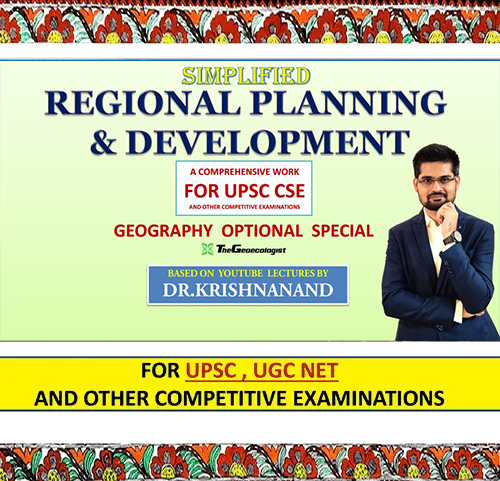Regional planning and development is a complex and multifaceted process that involves various stakeholders, government agencies, and community organizations. It is a crucial aspect of urban and regional development, and its aim is to balance economic, social, and environmental needs, while ensuring sustainable growth and development.
In this comprehensive guide, we will explore the basics of regional planning and development and provide a comprehensive overview of the key concepts, theories, and practices that form the foundation of this field. Whether you are a student, a professional, or simply interested in this area, this guide will provide you with the essential knowledge and tools to better understand the complex and ever-evolving world of regional planning and development.
Understanding Regional Planning and Development
Regional planning and development is a strategic approach to addressing the challenges and opportunities of urban and regional growth and development. It involves the creation and implementation of plans, policies, and programs that guide the growth and development of regions, cities, and communities.
The main objectives of regional planning and development are to:
- Promote sustainable and equitable growth and development
- Enhance the quality of life for residents
- Foster economic prosperity and competitiveness
- Protect and conserve natural and cultural resources
- Ensure effective and efficient use of land and other resources
To achieve these objectives, regional planners and developers must take into account a wide range of factors, including land use patterns, transportation networks, housing and infrastructure needs, environmental and ecological concerns, and community preferences and priorities.
Key Concepts in Regional Planning and Development
There are several key concepts that are central to the field of regional planning and development, including:
- Land use planning: This involves the development of plans and policies that guide the use and development of land, including zoning, density, and land use patterns.
- Transportation planning: This involves the development of plans and policies that address the transportation needs of regions, cities, and communities, including the provision of adequate and efficient transportation networks, and the coordination of transportation and land use planning.
- Environmental planning: This involves the development of plans and policies that protect and conserve the natural and cultural resources of regions, cities, and communities, and promote sustainable growth and development.
- Community and stakeholder engagement: This involves the active engagement of residents, community organizations, businesses, and other stakeholders in the regional planning and development process. This helps to ensure that the plans, policies, and programs developed are responsive to the needs and priorities of the community.
The Planning Process
The regional planning and development process typically involves several stages, including:
- Problem identification and analysis: This involves the identification of the key challenges and opportunities facing the region, city, or community, and the analysis of the data and information needed to develop effective plans and policies.
- Plan development: This involves the creation of plans, policies, and programs that address the identified challenges and opportunities and guide the growth and development of the region, city, or community.
- Implementation: This involves the implementation of the plans, policies, and programs developed, including the coordination of activities and resources, and the monitoring and evaluation of the results.
- Evaluation and review: This involves the ongoing evaluation and review of the plans, policies, and programs developed, to ensure that they are achieving the desired outcomes and that they remain relevant and effective over time.
The Importance of Regional Planning and Development
Regional planning and development plays a critical role in shaping the future of urban and regional growth and development. It helps to ensure that growth and development are sustainable, equitable, and responsive to the needs and priorities of residents,communities, and businesses. By guiding the use and development of land, transportation, and resources, regional planning and development can promote economic prosperity, enhance quality of life, and conserve the natural and cultural resources of regions, cities, and communities.
In addition, effective regional planning and development can help to address some of the biggest challenges facing cities and regions today, including traffic congestion, urban sprawl, affordable housing, and environmental degradation. By fostering sustainable and equitable growth and development, regional planning and development can help to create more livable, healthy, and vibrant communities for all residents.

